12 Hidden Gems in Nîmes, Arles, and Camargue
The area where southern Occitanie meets western Provence has some of the most striking sights in France. Ancient Roman ruins, medieval fortresses, and wild landscapes stretch from Nîmes to Arles and the Camargue. If you’re visiting, these 12 places are worth adding to your tour!
These ideas focus on the hidden gems in the Nîmes-Arles-Camargue triangle.
1. Roman Amphitheater of Nîmes (Les Arènes de Nîmes)
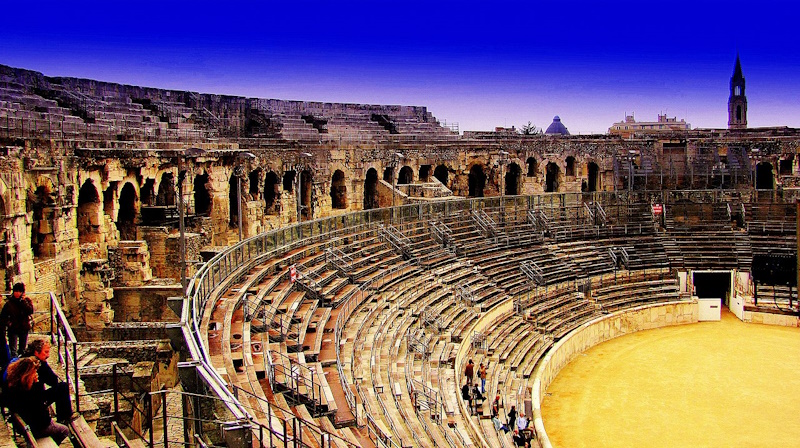
Built under Emperor Vespasian around 70 AD, the Arènes de Nîmes is one of the best-preserved Roman amphitheaters in the world. It could hold 24,000 spectators, with a design nearly identical to the Colosseum in Rome.
In Roman times, it hosted gladiator fights, animal hunts, and public executions. The structure remains intact, and today it’s still in use for concerts, bullfights, and historical reenactments.
If you visit, climb to the top rows for a panoramic view of Nîmes’ ancient and modern cityscape.
2. Carrières de Lumières – Les Baux-de-Provence
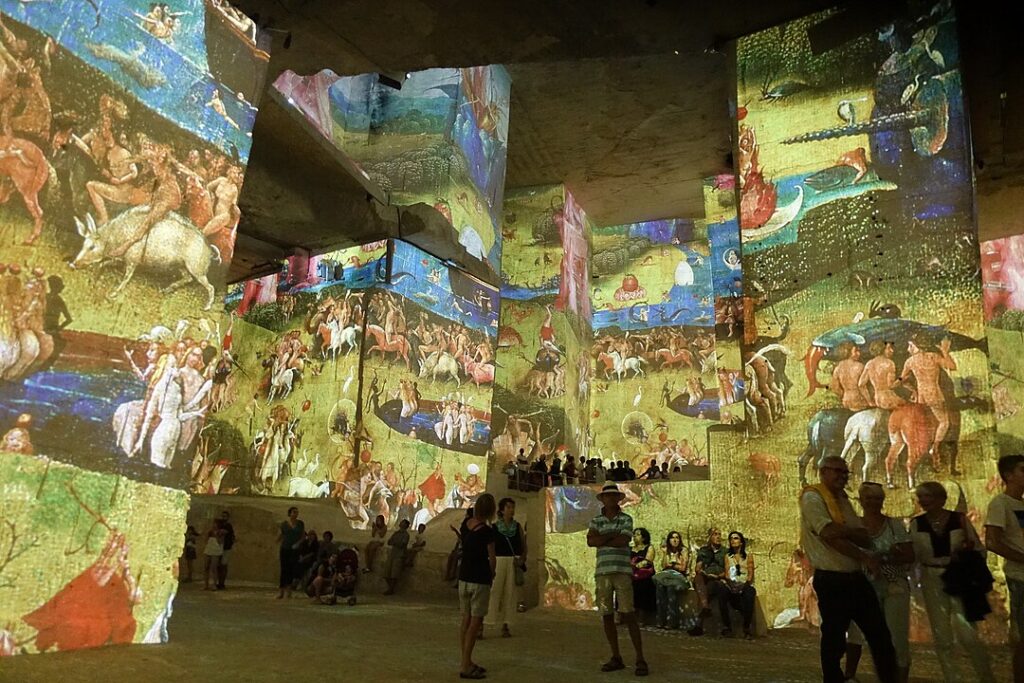
Inside an abandoned limestone quarry near Les Baux-de-Provence, Carrières de Lumières is an immersive digital art exhibition. Since 2012, this space has been used to project massive-scale versions of famous paintings onto 14-meter-high stone walls.
The exhibits change each year, featuring artists like Van Gogh, Klimt, and Cézanne. The combination of art, music, and the cavernous setting makes it unlike any museum or gallery.
It’s especially worth seeing in summer when the cool quarry provides a break from the heat.
3. Pont du Gard
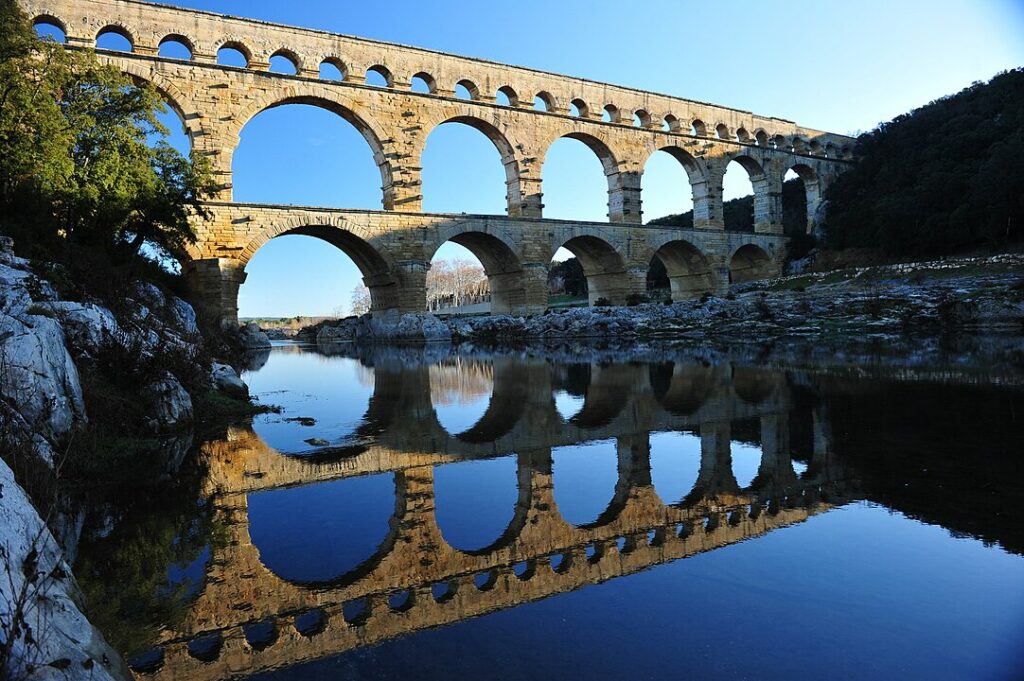
The Pont du Gard is a three-tiered Roman aqueduct built in the 1st century AD to carry water to Nîmes. At 49 meters high, it’s the tallest surviving Roman bridge and a masterpiece of ancient engineering.
It spans the Gardon River without mortar, held together by precisely cut limestone blocks.
You can walk across the upper level, explore the nearby museum, or swim in the river below. The site is best visited early in the morning or late in the afternoon to avoid crowds.
Tour suggestion: this small-group tour from Avignon takes you through Nîmes, Uzès, and Pont du Gard with a guide who shares the history behind these Roman landmarks. Instead of navigating alone, you’ll travel comfortably in a minivan, visit the Nîmes amphitheater, Maison Carrée, and the Pont du Gard, and learn details you might miss on a self-guided trip.
Travelers praise the knowledgeable guides, the well-paced itinerary, and the convenience of having everything planned. Some note that entry tickets to Pont du Gard aren’t included, so be prepared.
4. Arles Roman Theater & Cryptoportiques
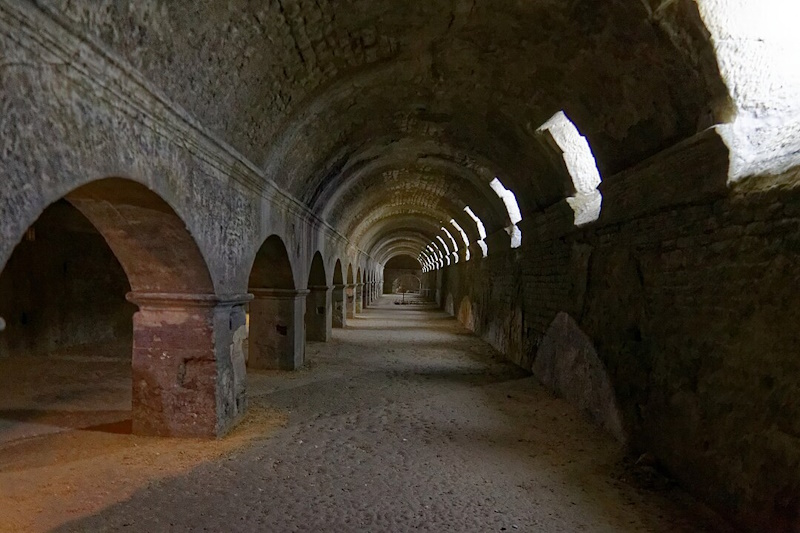
Arles was a major Roman city. Its theater, built in the 1st century BC, could hold 10,000 spectators. Though only a few columns remain, performances are still held here.
Beneath the city, the cryptoportiques, a series of underground tunnels, were built around the same time to support the Roman forum. These eerie passages are now open to visitors. They give a rare look at the hidden infrastructure of an ancient city.
Both sites are part of Arles’ UNESCO World Heritage listing.
5. Camargue Salt Flats & Flamingos
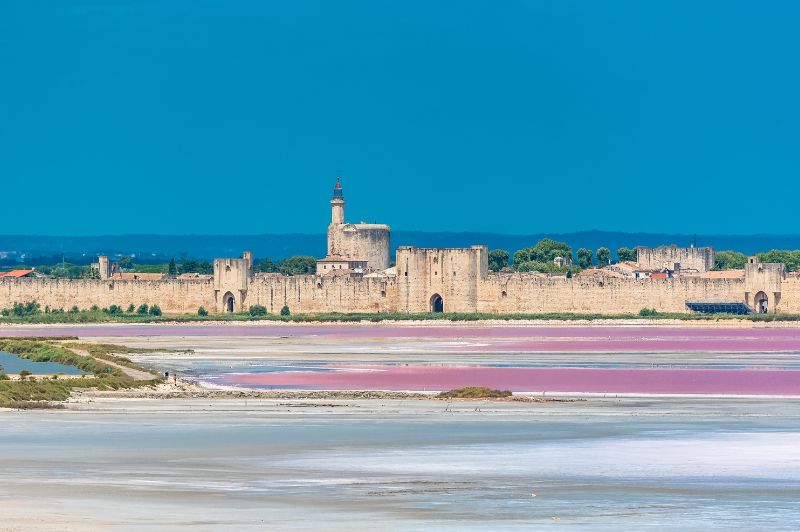
The Camargue is known for its wild horses, black bulls, and pink flamingos, but the pink salt flats near Salin-de-Giraud are also striking.
Salt has been harvested there since the Middle Ages, with today’s production focusing on fleur de sel, one of France’s finest sea salts. The pink color comes from microscopic algae that thrive in the highly saline water.
Visit in the late afternoon for the best light, and keep an eye out for flamingos wading through the shallow pools.
Tour suggestion: this popular 4×4 safari tour from Arles takes you deep into the Camargue Regional Natural Park, offering close-up views of its marshes, wild horses, bulls, and flamingos. A professional guide handles the off-road driving while sharing insights about the area’s unique landscape and traditions. The tour also includes a stop at Saintes-Maries-de-la-Mer, a seaside pilgrimage town.
Travelers praise the scenic routes, knowledgeable guides, and wildlife sightingsSome note that rear seating in the jeep can be a bit uncomfortable.
6. Saintes-Maries-de-la-Mer Pilgrimage Church
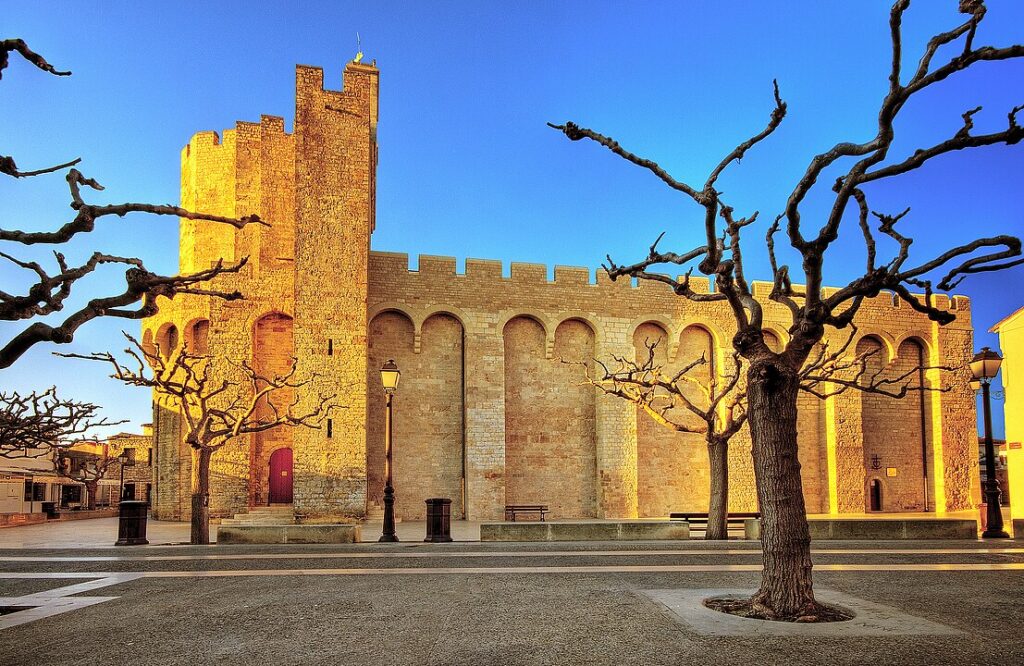
Built in the 9th century, this fortified Romanesque church is a major pilgrimage site. It houses the relics of Saint Sarah, the patron saint of the Romani people.
Every May, thousands gather for the Pilgrimage of the Gypsies, where her statue is carried to the sea.
The church’s rooftop terrace offers a panoramic view of the Camargue landscape. Inside, the crypt is lit with candles, creating an atmospheric contrast to the stark, defensive walls above.
7. Château des Baux-de-Provence
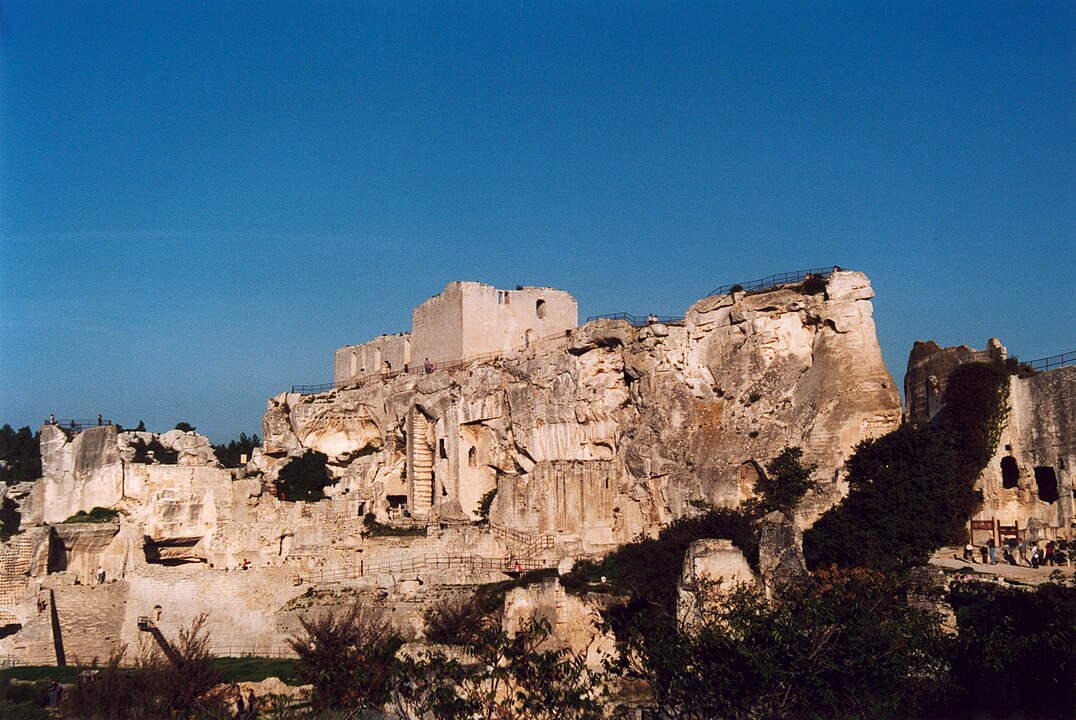
Perched on a rocky outcrop, the Château des Baux was built in the 10th century and expanded in the Middle Ages. The lords of Les Baux controlled much of Provence until their downfall in the 15th century.
The castle is now in ruins, but you can still see its massive catapults and climb the towers for views over the Alpilles mountains.
In the summer, medieval reenactments bring the past to life with sword fights, archery, and demonstrations of siege weapons.
8. Maison Carrée & Jardins de la Fontaine – Nîmes
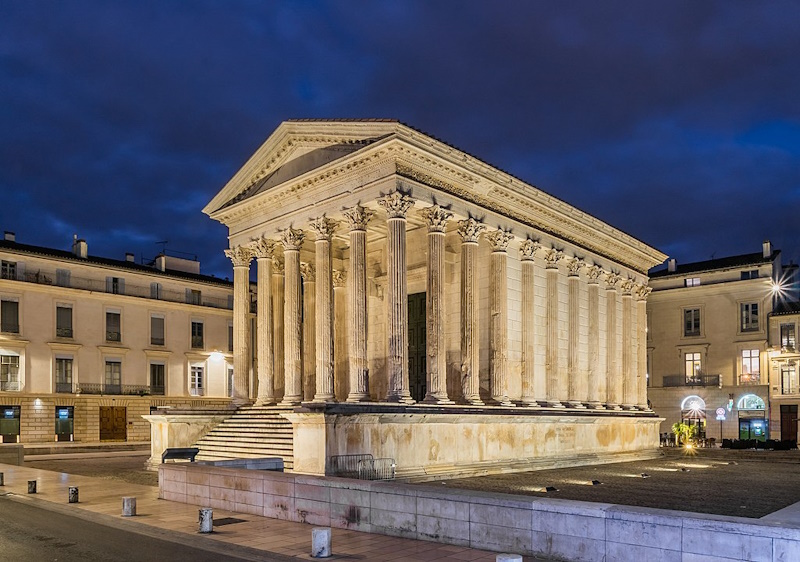
Built in 19 BC, the Maison Carrée is one of the best-preserved Roman temples in existence. It was dedicated to Gaius and Lucius Caesar, grandsons of Emperor Augustus.
Its pristine columns and pediment have inspired architects for centuries, including the designers of La Madeleine in Paris.
A short walk away, the Jardins de la Fontaine were created in 1745 on the site of an ancient Roman sanctuary. The gardens feature statues, fountains, and the Temple of Diana, which still stands amid overgrown ruins.
9. Van Gogh Walk in Arles
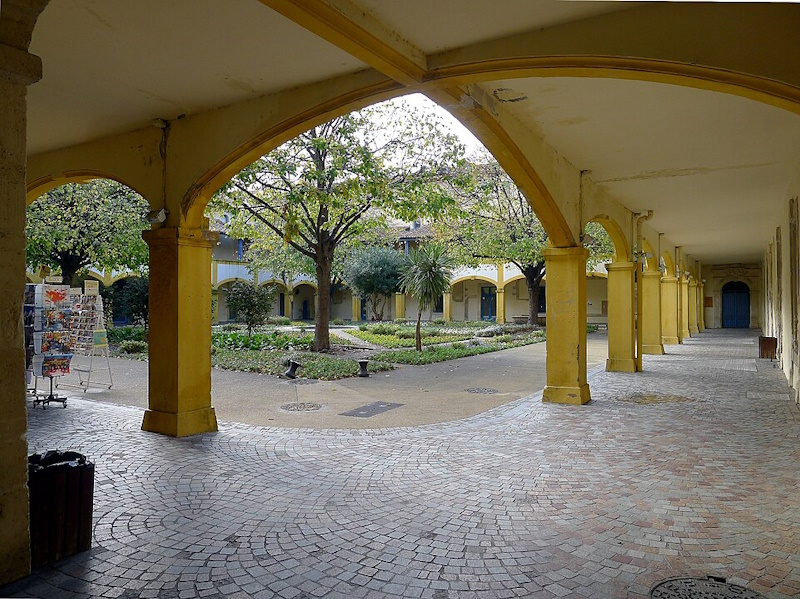
Vincent Van Gogh lived in Arles from 1888 to 1889, painting over 300 works inspired by the town’s streets, cafés, and countryside.
A self-guided Van Gogh Walk takes you to the real locations of paintings like Café Terrace at Night (Place du Forum) and Starry Night Over the Rhône (Quai du Rhône).
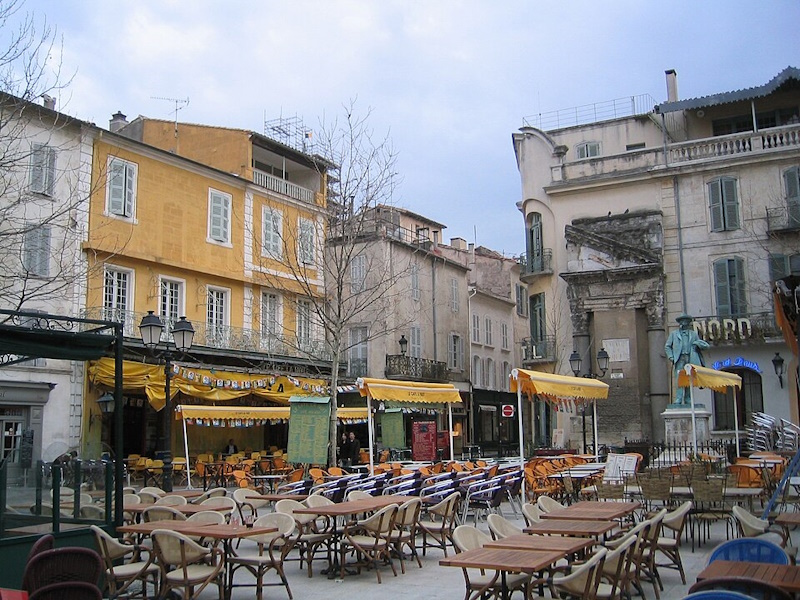
The Espace Van Gogh, formerly a hospital where he stayed after cutting his ear, is now a cultural center with a replica of his famous courtyard painting.
10. Wine & Olive Oil Tasting in the Alpilles
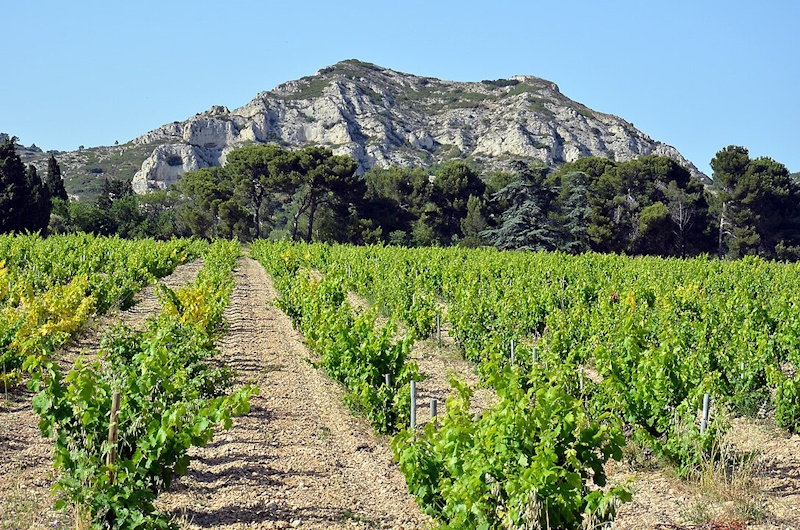
The Alpilles region is one of Provence’s top areas for wine and olive oil. Vineyards produce AOP Baux-de-Provence wines, known for their bold reds and crisp rosés.
Many wineries, like Domaine de Terres Blanches, offer tastings with views of the limestone hills.
Olive groves there have been cultivated since Roman times, and producers like Moulin Castelas in Les Baux specialize in high-quality oils made from Salonenque and Grossane olives.
Tastings usually include fresh bread, tapenade, and local cheese.
11. Festivals & Bullfights
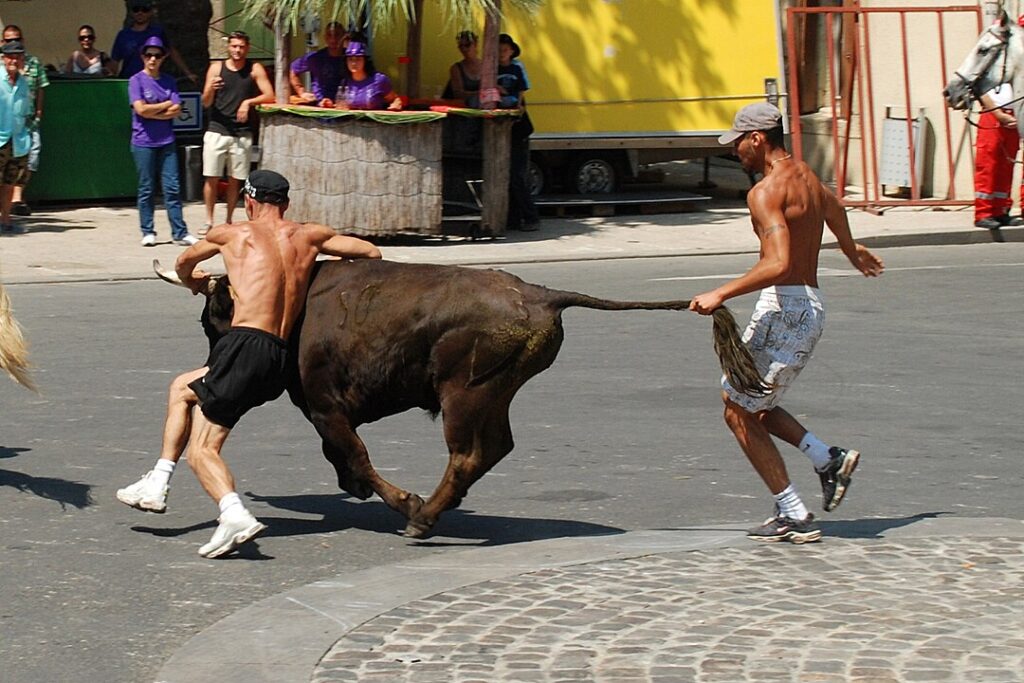
Traditions in Occitanie don’t just live in museums, they take over the streets. In Nîmes, the Feria de Pentecôte (May/June) and Feria des Vendanges (September) bring Spanish-style bullfights, horse parades, and live music to the city.
Arles has its own Feria de Pâques in April, where the ancient arena still fills with spectators.
In the Camargue, bullfights follow a different tradition: Course Camarguaise, where runners try to snatch a ribbon from a bull’s horns instead of killing it.
12. Open-Air Markets
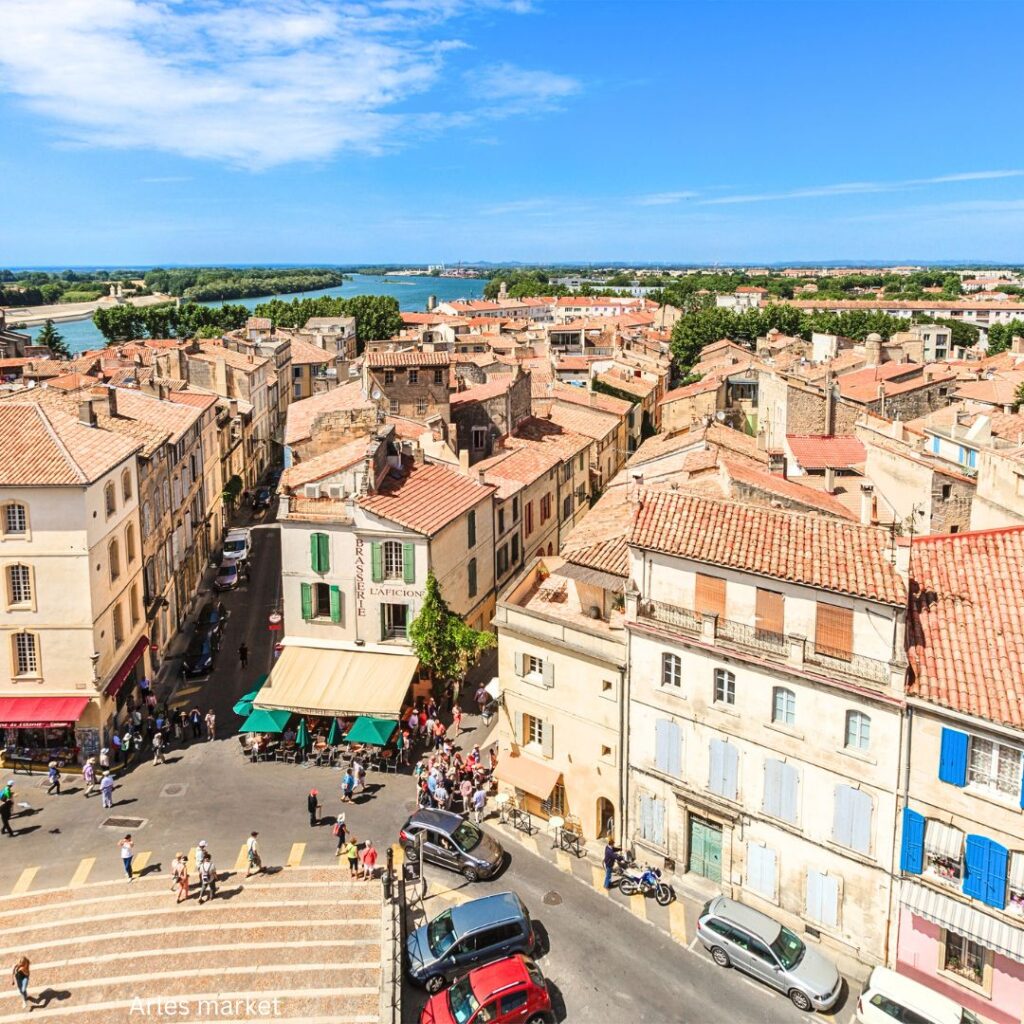
Markets are a way of life in Occitanie, with each town bringing something different. In Arles, the Saturday market stretches for over two kilometers, packed with stalls selling fresh goat cheese, Camargue rice, bull meat, and Provençal herbs. Locals come early, weaving through the crowds with baskets in hand.
Nîmes’ Les Halles is a covered market open daily, but on Thursday mornings, the Marché Jean Jaurès spills into the streets, offering seasonal produce, charcuterie, and local wines.
In Saintes-Maries-de-la-Mer, the summer evening market sets up along the waterfront, with stalls selling handmade jewelry, olive oil, and regional crafts under the glow of string lights.
13. Uzès
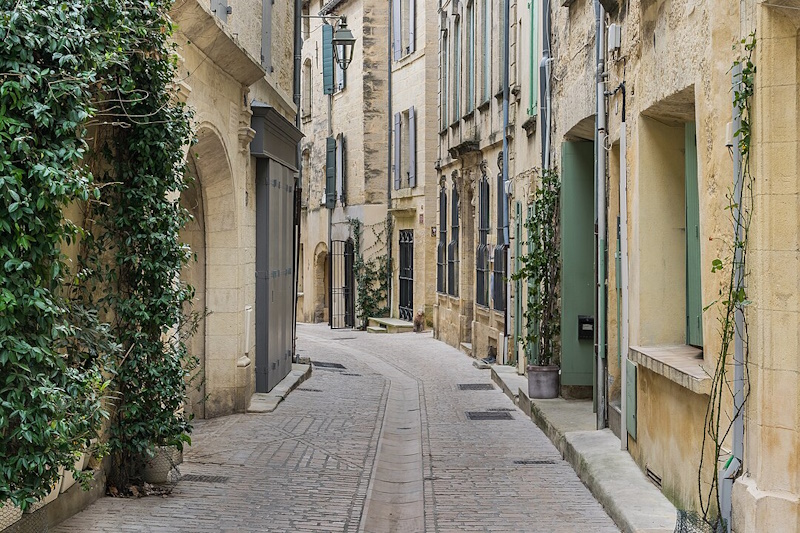
A well-preserved medieval town, home to the Duchy Palace, 12th-century Tour Fenestrelle (a rare round Romanesque tower), and one of France’s best markets (Saturday mornings). Historically, Uzès was the starting point of the Roman aqueduct that fed Nîmes, which includes the Pont du Gard. It blends well with Nîmes and the Pont du Gard for a full-day itinerary.
***
Cover photo: BlueBreezeWiki (CC BY-SA 3.0)
